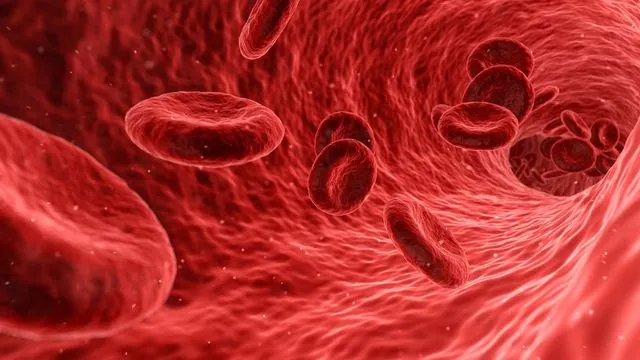
Unraveling the Deadly Signals: How Dying Cells Spread Sepsis
2025-01-27
Author: Nur
Introduction
In a groundbreaking revelation, researchers at the UConn School of Medicine have uncovered the sinister communication of dying cells that exacerbates sepsis, an affliction responsible for a staggering 11 million deaths globally each year. This pressing issue was detailed in the January 23 issue of the journal *Cell*, revealing a new angle to understanding this life-threatening condition.
Understanding Sepsis
Sepsis emerges when the body overreacts to an infection, resulting in rampant inflammation. This inflammatory response can lead to dire consequences, including shock, organ failure, and ultimately death if not managed swiftly and effectively. Current insights indicate that it may not be the infection itself that triggers such overwhelming inflammation, but rather the response of nearby cells engulfed in the chaos. Even uninfected cells can take part in this catastrophic process as they succumb to their environment.
The Mechanism of Dying Cells
The mystery of how these dying cells send lethal signals to their healthier counterparts appears to be solved. According to the UConn study, these signals stem from the cells' attempts to survive. When cells become infected, they deploy a protein known as gasdermin-D to their exterior in a desperate bid to contain the infection. This gasdermin-D forms pores in their membranes, resulting in cell collapse and death.
Vesicles and Cell Death
However, some cells can cleverly evade this fate. They can expel the part of their membrane containing the gasdermin-D pores, creating small bubbles called vesicles, which proceed to float around. Upon encountering nearby healthy cells, these vesicles transfer the gasdermin-D pores, leading to a chain reaction that can cause those cells to die as well.
Expert Insight
Immunologist Vijay Rathinam highlighted this phenomenon, stating, 'When a dying cell releases these vesicles, they can transplant these pores to a neighboring cell’s surface, leading to that cell’s death.' This cascading series of events reinforces the cycle of death and inflammation that characterizes sepsis, as numerous cells succumb to this perilous chain reaction.
Future Directions
In light of these findings, Rathinam and his team are working on strategies to inhibit the release of gasdermin-D vesicles. Should they succeed, this could pave the way for new therapies targeting not only sepsis but also a range of other inflammatory diseases that wreak havoc on the body's system.
Conclusion
This remarkable study marks a pivotal step towards controlling sepsis and emphasizes the importance of understanding cellular communication. As researchers delve deeper, the hope is that one day they can harness this knowledge to save millions of lives every year from the grips of sepsis and its fatal consequences.

 Brasil (PT)
Brasil (PT)
 Canada (EN)
Canada (EN)
 Chile (ES)
Chile (ES)
 Česko (CS)
Česko (CS)
 대한민국 (KO)
대한민국 (KO)
 España (ES)
España (ES)
 France (FR)
France (FR)
 Hong Kong (EN)
Hong Kong (EN)
 Italia (IT)
Italia (IT)
 日本 (JA)
日本 (JA)
 Magyarország (HU)
Magyarország (HU)
 Norge (NO)
Norge (NO)
 Polska (PL)
Polska (PL)
 Schweiz (DE)
Schweiz (DE)
 Singapore (EN)
Singapore (EN)
 Sverige (SV)
Sverige (SV)
 Suomi (FI)
Suomi (FI)
 Türkiye (TR)
Türkiye (TR)